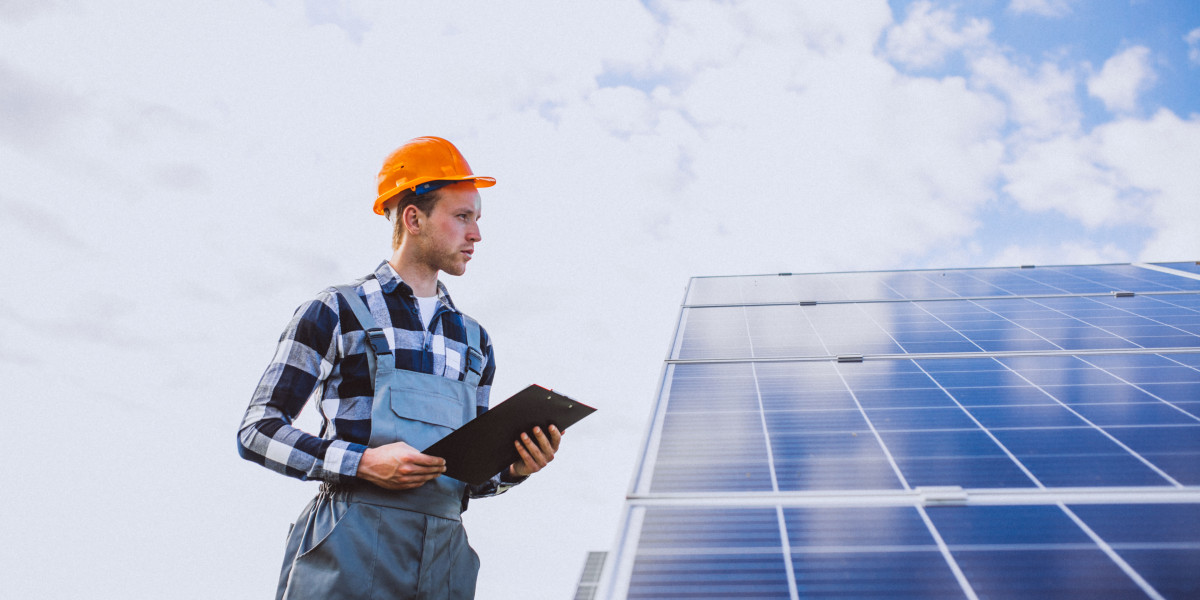As solar energy gains momentum in Pakistan due to escalating energy costs and environmental concerns, understanding the process of solar system installation becomes crucial. This guide walks you through each step, from the initial consultation to the final setup, ensuring a smooth and efficient transition to solar power.
1. Initial Consultation and Site Evaluation
Understanding Energy Needs
The journey begins with an initial consultation, where experts assess your energy needs by analyzing your electricity consumption patterns. This helps in determining the required capacity of the solar system to meet your specific energy demands, whether for a home or a business.
Conducting a Site Assessment
Next, a site assessment is conducted to evaluate the suitability of your location for solar panel installation. This includes examining factors like roof orientation, potential shading from nearby structures, and the structural integrity of the building. A thorough site evaluation ensures optimal panel placement and maximum energy production.
2. System Design and Proposal Preparation
Designing the Solar System
After assessing the site, engineers design a tailored solar system. They decide on the type and number of solar panels, inverters, and batteries needed. The design ensures the system can meet your energy needs while seamlessly integrating with your existing electrical setup.
Preparing the Proposal
A detailed proposal follows the design phase, outlining the system's technical specifications, layout, and cost estimates. This proposal provides a clear picture of the project, including timelines and financial details, allowing you to make an informed decision.
3. Procurement and Site Preparation
Sourcing Components
The procurement phase involves sourcing high-quality components, including solar panels, inverters, and mounting structures. It's crucial to select reliable suppliers who offer products that withstand local climate conditions, ensuring the system's longevity and performance.
Preparing the Installation Site
Proper site preparation is essential for a smooth installation process. This step involves clearing the installation area, reinforcing structures if needed, and resolving any potential issues that could hinder the system's performance.
4. Installation of Solar Panels and Electrical Components
Mounting Solar Panels
Installation begins with mounting the solar panels securely to the roof or ground. The panels are positioned to capture maximum sunlight, ensuring optimal energy production.
Electrical Connections
Once the panels are in place, the next step is to connect them to the inverter, which converts the direct current (DC) produced by the panels into alternating current (AC) for use in your home or business. The system is then integrated with your existing electrical grid to ensure compatibility and safety.
5. System Testing and Commissioning
Conducting System Tests
Before the system goes live, it undergoes rigorous testing to ensure all components function correctly. This includes checking electrical connections, verifying inverter performance, and confirming that the solar panels generate the expected power output.
Final Commissioning
The final step involves configuring the inverter, setting up monitoring systems, and providing you with operational instructions. Proper commissioning is vital for the system’s efficiency and helps you understand how to maintain and operate your new solar setup.
6. Maintenance and Support Services
Routine Maintenance
Regular maintenance is key to ensuring your solar system continues to perform efficiently. This includes periodic inspections, cleaning of the solar panels, and checking electrical connections. Monitoring system performance is also part of routine upkeep.
Customer Support
Post-installation, reliable customer support is crucial for addressing any issues or concerns. Your provider should offer services for troubleshooting, repairs, and potential system upgrades to ensure your system remains in top condition.
7. Financial Considerations and Incentives
Installation Costs
The cost of installing a solar system in Pakistan varies based on factors like system size and component quality. While the initial investment may seem significant, it is often offset by long-term savings on electricity bills. Your provider will offer detailed cost estimates to help you understand the financial commitment.
Government Incentives
Pakistan's government offers various incentives, such as tax rebates and subsidies, to encourage the adoption of solar energy. Taking advantage of these incentives can significantly reduce the overall cost of installation, making solar power more accessible.
8. Benefits of Solar System Installation
Environmental Impact
Switching to solar energy significantly reduces your carbon footprint by decreasing reliance on fossil fuels. This contributes to environmental conservation and supports global efforts to combat climate change.
Energy Independence
Solar power provides greater energy independence by reducing reliance on the national grid, which is especially valuable in Pakistan, where energy shortages are common. A solar system ensures a stable and reliable energy supply.
Cost Savings
One of the most compelling benefits of solar energy is the potential for cost savings. By generating your own electricity, you can lower your energy bills and even earn money by selling excess power back to the grid.
Conclusion
The process of solar system installation in Pakistan is a detailed journey involving several critical stages. From understanding your energy needs to system design, installation, and maintenance, each step ensures that your solar system operates efficiently and effectively. By following this guide, you can make informed decisions and enjoy the numerous benefits of solar energy, including cost savings, energy independence, and a positive environmental impact.



